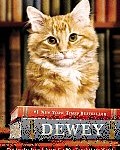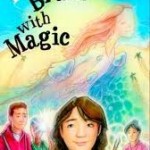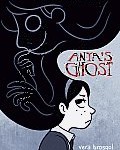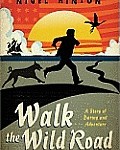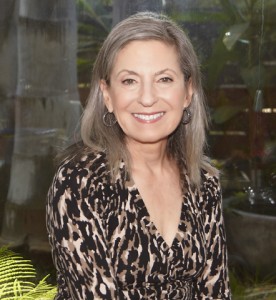 Madeline Sharples, the author of Leaving the Hall Light On, has a guest post today about mental illness and how it’s perceived in our society today. Leaving the Hall Light On is about living after loss. It’s about finding peace and balance and various ways Sharples finds to bring herself together after feeling so helpless and out of control during her son Paul’s 7-year struggle with bipolar disease and after his suicide in September 1999.
Madeline Sharples, the author of Leaving the Hall Light On, has a guest post today about mental illness and how it’s perceived in our society today. Leaving the Hall Light On is about living after loss. It’s about finding peace and balance and various ways Sharples finds to bring herself together after feeling so helpless and out of control during her son Paul’s 7-year struggle with bipolar disease and after his suicide in September 1999.
Sharples explains: “I write about the steps I took in living with the loss of my son, including making use of diversions to help me forget. Leaving the Hall Light On is also about the milestones I met toward living a full life without him: packing and giving away his clothes, demolishing and redoing the scene of his death, cataloging and packing away all his records and books, copying all of his original music compositions onto CDs, digitizing all of our family photos, and gutting his room and turning it into my office and sanctuary with a bay window that looks out toward a lush garden and a bubbling water fountain.”
Find out more about Sharples and her book at Lucky Press and her blog. Here is her essay.
Does the Stigma of Mental Illness Still Exist?
My son was a young adult, age twenty-one, when he was diagnosed with bipolar disorder. And throughout the seven years he struggled with the disease, I thoroughly believe the stigma of his mental illness stopped him from a program of treatment that might have saved him from his destiny, suicide.
From the literature I’ve read, mental illness in teens is widespread. Teens typically shy away from discussing their illness because of the fear of being made fun of or bullied by their peers. That is stigma, that is what stops teens and adults from getting proper treatment.
The most important way to erase stigma is to open the conversation about mental illness. This conversation could cover several aspects:
What are the causes of mental illness? Knowing the causes will help erase stigma and enable a search for the ways to get help if needed. Mental illness is caused by a disease of the brain, actually a chemical imbalance in the brain, much like a physical disease such as asthma or mono. Physical illnesses need treatment, so do mental illnesses. Genetic factors also cause mental illness. Find out if there is any mental illness in your family, because if there is, you could be at risk. Mental illness was rampant in my family, and those genes were passed down to my son. Unfortunately we didn’t know enough to be prepared.
How do you know what mental illness actually looks like? According to an article by Hugh C. McBride, “Stigma Keeps Many Teens from Getting Mental Health Treatment,” the symptoms are:
- Mood swings, agitation, and anxiety
- Altered sleep patterns (excessive sleeping or insomnia)
- Loss of focus or inability to concentrate
- Drastic weight changes (either gains or losses)
- Fatigue or exhaustion
- Loss of interest in hobbies, sports, school, or other activities that previously were important to the teen
- Decline in academic performance, frequent absences from school, and skipped classes
- Thoughts of death, expressions of wanting to die, discussions of suicide
- Substance abuse (including the abuse of alcohol, illicit drugs, and prescription pills)
What kinds of treatments are available? Therapy, short or long-term hospitalizations, and prescribed medications specific to the type of mental illness being treated are typical.
What are the dangers if mental illness is left untreated? These could be addiction to alcohol and/or drugs for those who are self-medicating. Suicide is also a real risk.
What are the forms of stigma? Now that it is clear that the stigma of mental illness still exists it is important to know its forms: making direct negative remarks, calling a mentally ill person crazy, portraying a mentally ill person as a sociopath or violent in films and television, or characterizing a mentally ill person as weak or stupid.
To find out more, I suggest you go to the bringchange2mind organization http://www.bringchange2mind.org founded by Glenn Close, who has a sister with bipolar disorder and a nephew with schizoaffective disorder. She says, “What mental health needs is more sunlight, more candor, more unashamed conversation about illnesses that affect not only individuals, but their families as well.” The mission of bringchage2mind is twofold:
1) Provide people who have misconceptions about mental illness quick and easy access to information that combats stigma
2) Provide people who have mental illness, and those who know them quick and easy access to information and support.

